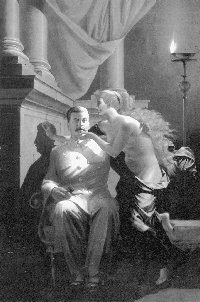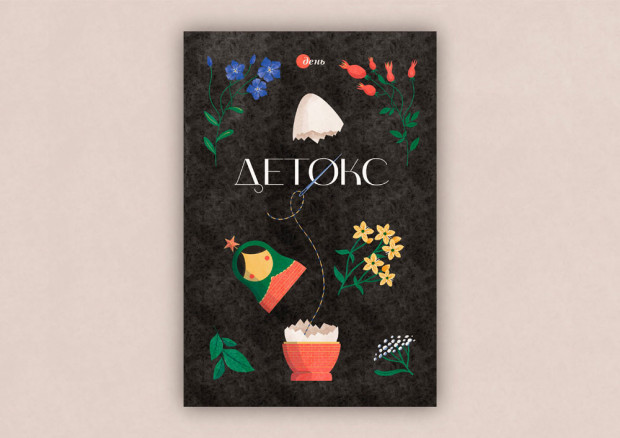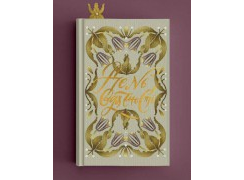Mystery of Subservience

On January 27, 1924, at 4 p.m. the whole Soviet Union unanimously held its breath for five minutes, fired guns, carefully removed a coffin with Lenin's embalmed body from the podium surrounded by the guards of honor and government and Party Central Committee members, and laid it into the crypt of a makeshift mausoleum. The remains of Lenin were used to create by far the most grandiose propaganda show in human history.
However, as befits a true mystery, the death of a god meant simultaneously his resurrection, which gave a powerful impetus to creation of new propagandistic genres in state-sponsored art. Futurism and constructivism gave way to a socialist baroque, carnival was gradually superseded by the theater of Jesuitry and auto da fe.
Artists come under state sponsorship, with a still in use table of ranks (one of the first government resolutions used precisely this term from the tsarist period) of People's and Meritorious Artists; an institution of the official art criticism was formed, the critique boiling down to continuous assessment of the extent to which a certain piece of art, a certain action or a certain theory meets the holy Party line; a system of writers,' artists', theater actors', and directors' unions were introduced (in today's Ukraine the latter are known as national unions); the creative formula of socialist realism was proclaimed and interpreted as a variety of realism and a "truthful and historically concrete reflection of reality in its revolutionary development with a purpose to ideologically reeducate and transform the 'working people' in the spirit of socialism" (substituting any other word for "socialism," we shall see that the method is eternal).
Creative intellectuals by and large accepted these instructions as guidelines, for they had to survive and get their food rations, dachas, apartments, press runs, stage productions, and awards. The bureaucratic members of "creative" unions worked by the sweat of the brow to inspire the creation of the high style of the epoch, a style which even now determines the rhythm, atmosphere and relationships of our existence.
When Stalin died, author Yuri Yanovsky wrote: "The leader had been laid up with a terrible malady for four days, and hundreds of millions of people longed, holding their breath, for him to come round, open his eyes, and speak..."
When we hear occasionally our members of the "intelligentsia" take the
oath of allegiance to the "idea of an independent state, read their versified
subservient panegyrics in the President's jubilee album, watch them pulling
with their bellies to the "state trough," we cannot but think that the
dead Stalin is sure to speak.
Newspaper output №:
№4, (1999)Section
Day After Day





